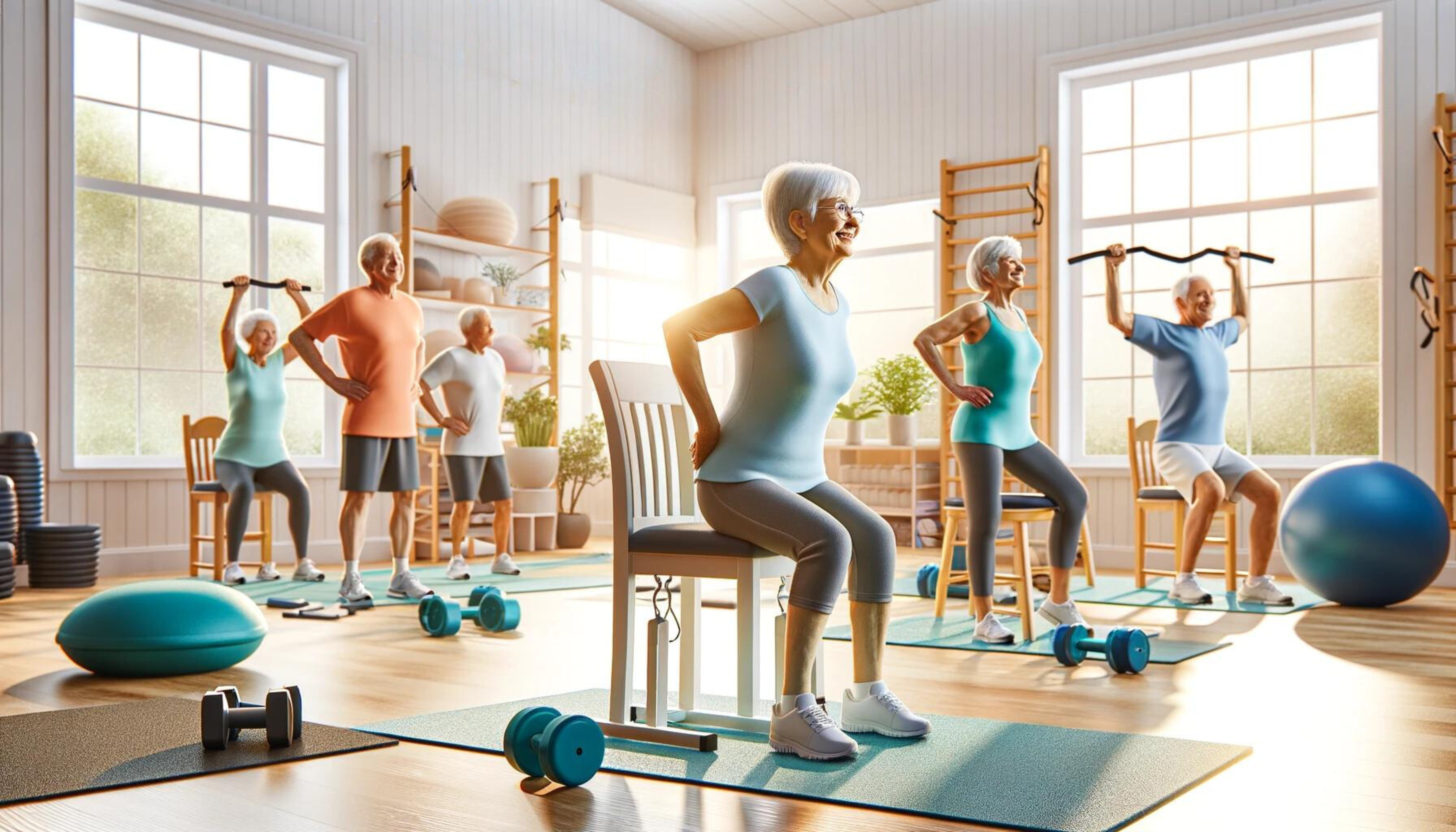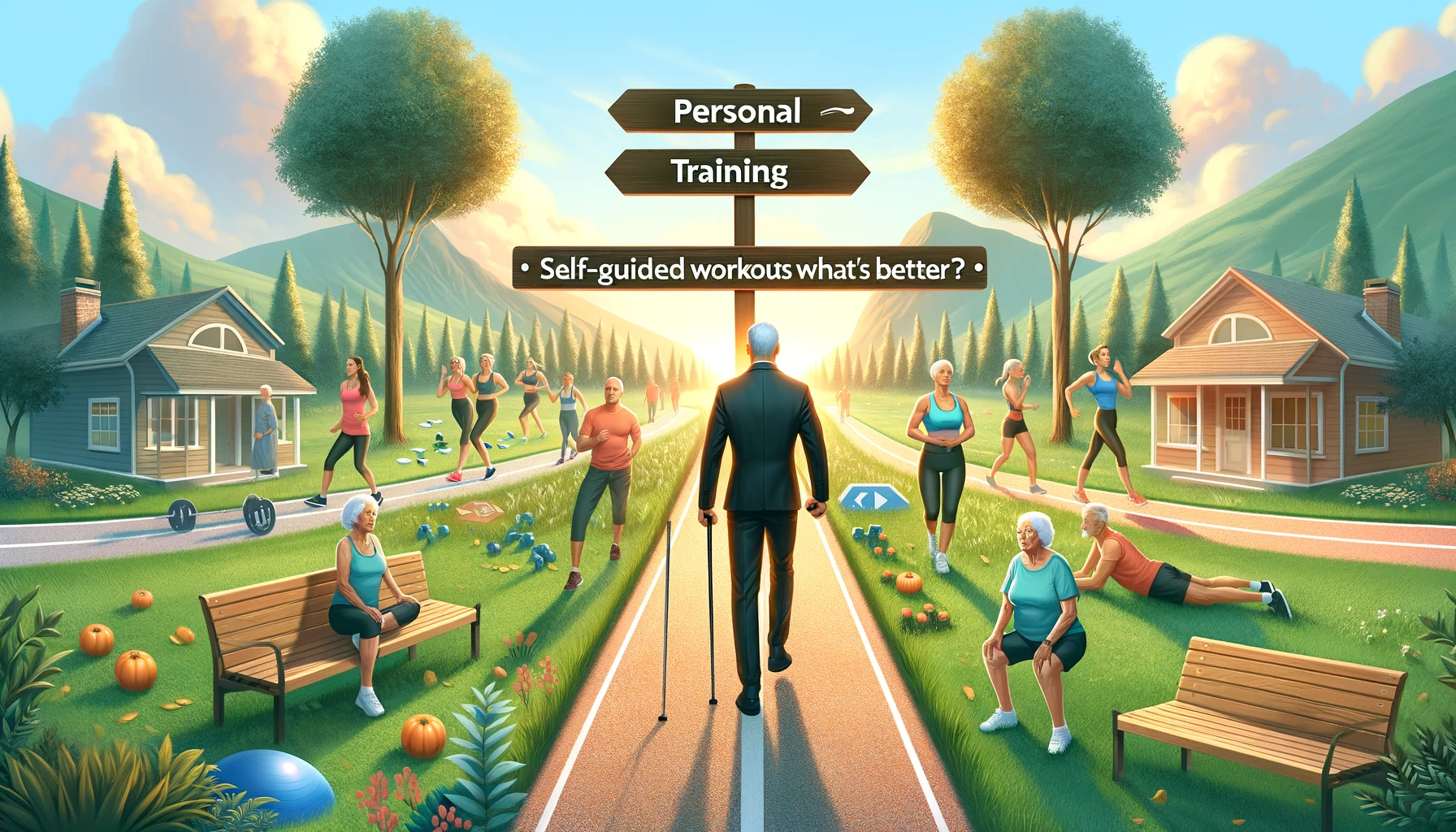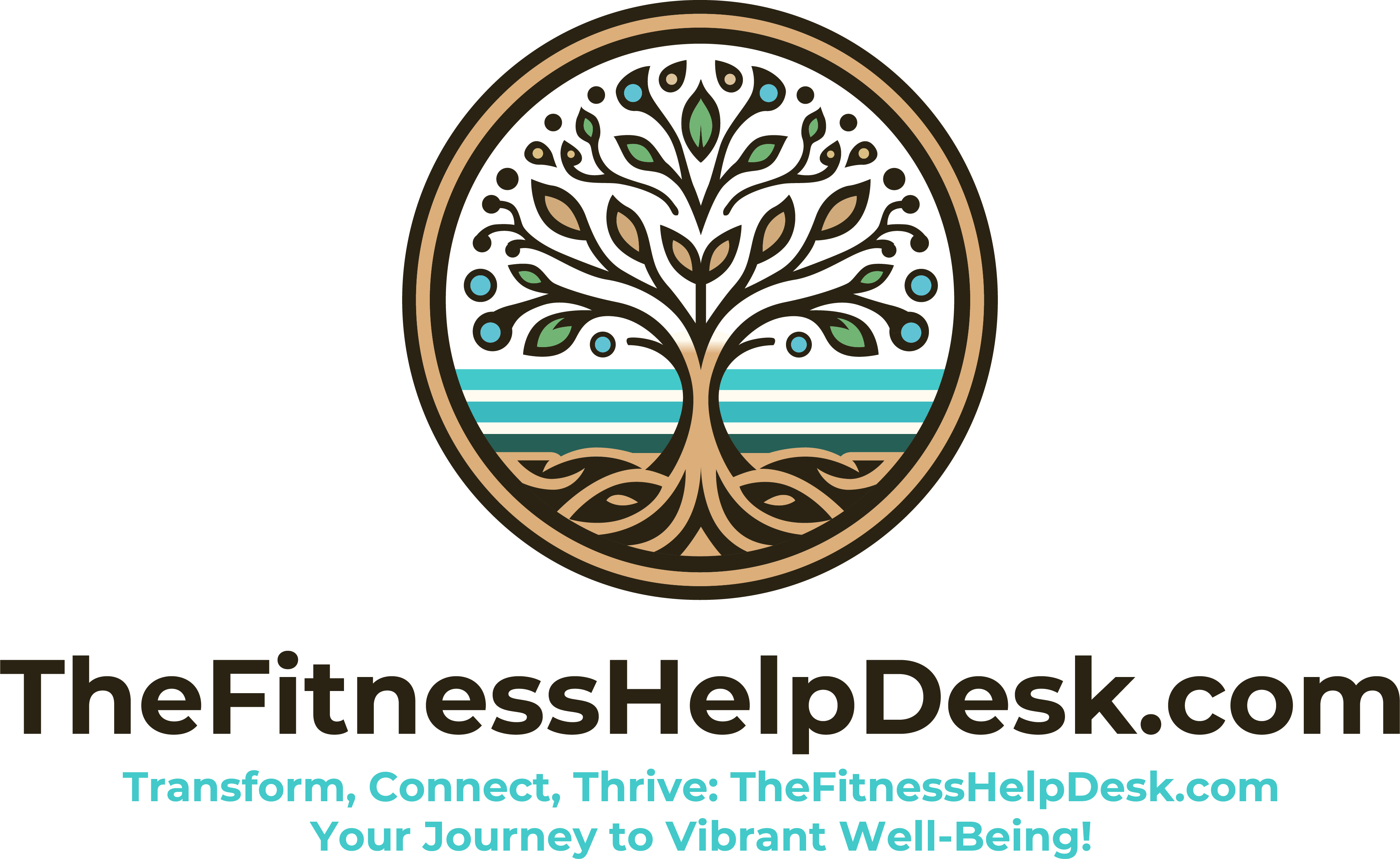7-Day Meal Plan for Elderly: Optimizing Nutrition for Senior Health
Nutrition’s impact on our health becomes increasingly significant as we age. The right diet can help mitigate the progression of chronic diseases, improve mental acuity, and enhance overall quality of life. “7-Day Meal Plan for Elderly: Optimizing Nutrition for Senior Health” is meticulously designed to address these needs, providing a balanced approach to eating that supports the unique nutritional requirements of seniors. Why Nutrition Matters for the Elderly Nutritional needs shift with age due to changes in metabolism, digestion, and the body’s ability to absorb nutrients. An optimized diet for the elderly focuses on increasing intake of vital nutrients while managing calorie needs to prevent weight gain and associated health risks. Understanding these changes is crucial for maintaining health and preventing diseases that can significantly impact seniors’ quality of life. Day 1: Starting Strong Day 2: Flavor Meets Nutrition Day 3: Comfort Food with a Healthy Twist Days 4-7: Emphasizing Variety and Balance The remainder of the week should continue the focus on incorporating a wide range of foods. Include different protein sources like fish, poultry, legumes, and nuts; a variety of whole grains like barley, brown rice, and whole wheat pasta; and plenty of fruits and vegetables to ensure a spectrum of vitamins and minerals are consumed. This diversity is key to covering all nutritional bases and keeping meals interesting and enjoyable. Incorporating Supplements: When and Why Some seniors may find it challenging to meet all their nutritional needs through diet alone, especially for nutrients like vitamin D, calcium, and omega-3 fatty acids. Supplements can play a role in filling these gaps but should be used under medical advice to avoid interactions with medications and ensure they’re necessary. Staying Hydrated: The Role of Fluids in Elderly Nutrition Adequate fluid intake is essential for preventing dehydration, a common issue among the elderly. Water, herbal teas, and other non-caffeinated beverages should be consumed regularly throughout the day. Incorporating foods with high water content, such as cucumbers, tomatoes, and watermelon, can also help meet hydration needs. Adapting Meals for Specific Health Conditions Personalizing the meal plan to accommodate health conditions like diabetes, heart disease, or dietary restrictions due to allergies or intolerances is vital. Adjusting meal compositions, ingredient choices, and cooking methods can make a significant difference in managing these conditions effectively. Conclusion: A Holistic Approach to Senior Health Through Nutrition Adopting the “7-Day Meal Plan for Elderly” is a step toward ensuring a balanced, nutrient-rich diet tailored to the unique needs of seniors. This plan is designed not only to optimize physical health but also to enhance mental well-being and quality of life. For those seeking further customization or facing specific health challenges, thefitnesshelpdesk.com provides access to nutrition experts and certified fitness trainers dedicated to supporting seniors in achieving their health goals.





